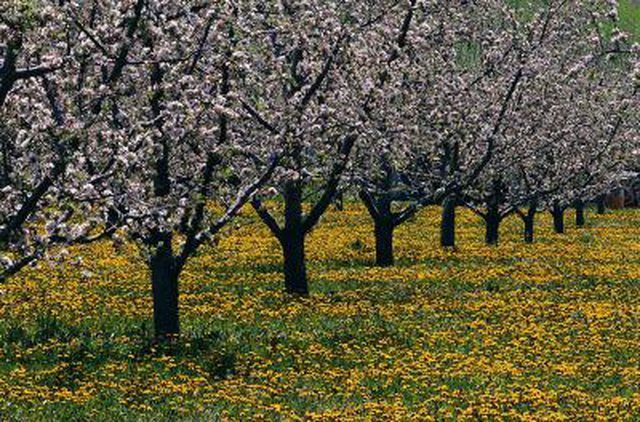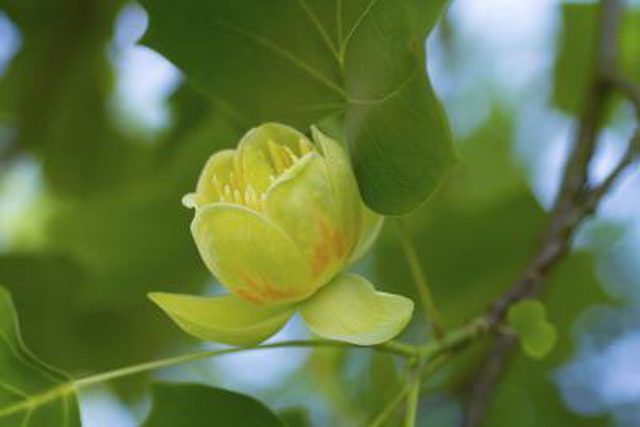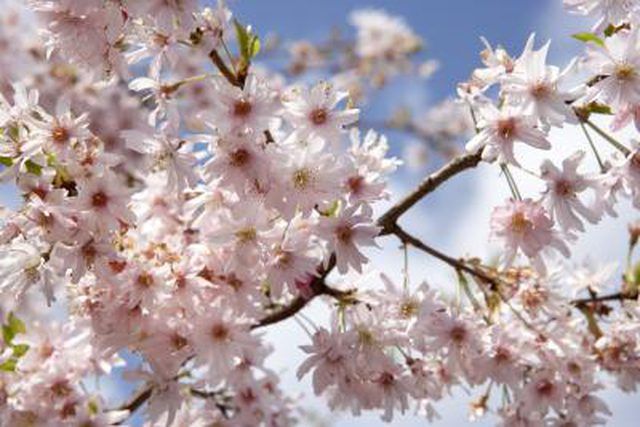Bulbs
Flower Basics
Flower Beds & Specialty Gardens
Flower Garden
Garden Furniture
Garden Gnomes
Garden Seeds
Garden Sheds
Garden Statues
Garden Tools & Supplies
Gardening Basics
Green & Organic
Groundcovers & Vines
Growing Annuals
Growing Basil
Growing Beans
Growing Berries
Growing Blueberries
Growing Cactus
Growing Corn
Growing Cotton
Growing Edibles
Growing Flowers
Growing Garlic
Growing Grapes
Growing Grass
Growing Herbs
Growing Jasmine
Growing Mint
Growing Mushrooms
Orchids
Growing Peanuts
Growing Perennials
Growing Plants
Growing Rosemary
Growing Roses
Growing Strawberries
Growing Sunflowers
Growing Thyme
Growing Tomatoes
Growing Tulips
Growing Vegetables
Herb Basics
Herb Garden
Indoor Growing
Landscaping Basics
Landscaping Patios
Landscaping Plants
Landscaping Shrubs
Landscaping Trees
Landscaping Walks & Pathways
Lawn Basics
Lawn Maintenance
Lawn Mowers
Lawn Ornaments
Lawn Planting
Lawn Tools
Outdoor Growing
Overall Landscape Planning
Pests, Weeds & Problems
Plant Basics
Rock Garden
Rose Garden
Shrubs
Soil
Specialty Gardens
Trees
Vegetable Garden
Yard Maintenance
Identification Guide for Flowering Trees
Identification Guide for Flowering Trees. Trees that produce flowers are among the most valued of ornamentals. There are even many species of trees growing in the wild that are capable of flowering. Identifying flowering trees is a task best attempted when they're in bloom.
Trees that produce flowers are among the most valued of ornamentals. There are even many species of trees growing in the wild that are capable of flowering. Identifying flowering trees is a task best attempted when they're in bloom.

Examining the key features of a flowering tree’s flowers--the flowers' size, shape, color, when they bloom, arrangement on the branches and form--will help you identify the species. For example, by looking at the yellow-green, six-petaled tulip-like flowers growing in a tree’s upper canopy, you could quickly recognize the species as a yellow poplar.

Often the flowers on different species of trees from the same family resemble each other. In such cases, you need to inspect other features of the tree to determine the species. For example, looking at the leaves, bark, fruit, size of the tree, its form and its habitat can help you identify the tree.

Certain species of flowering trees have both male and female flowers, some on the same tree and others on separate trees. The birches and oaks, for example, have both sexes of flowers on the same tree, with distinct differences between the two. A river birch, for instance, has drooping brown male flowers as long as 3? inches, while the ?-inch-long green female flowers are not at all showy and emerge near the bases of the leaves.